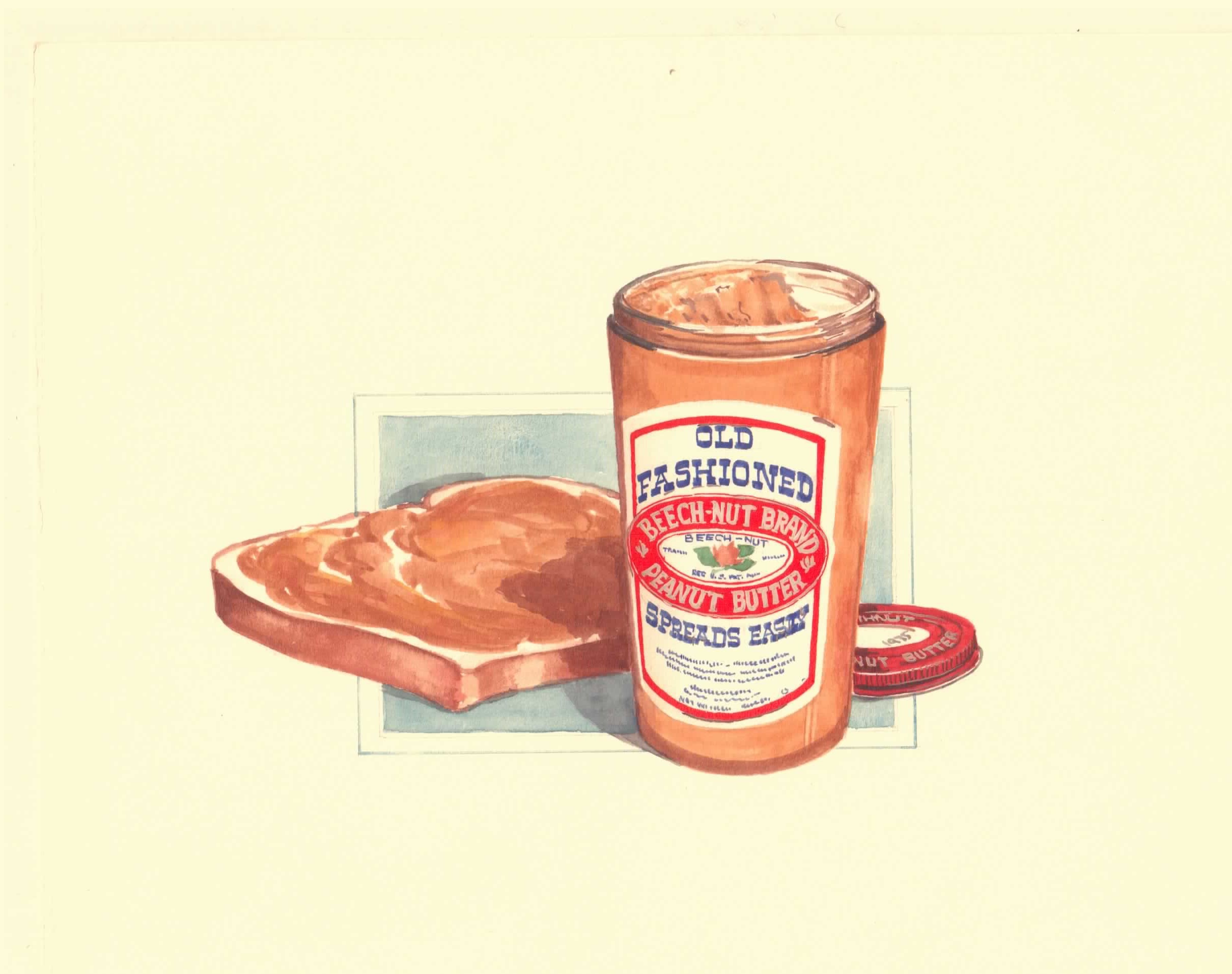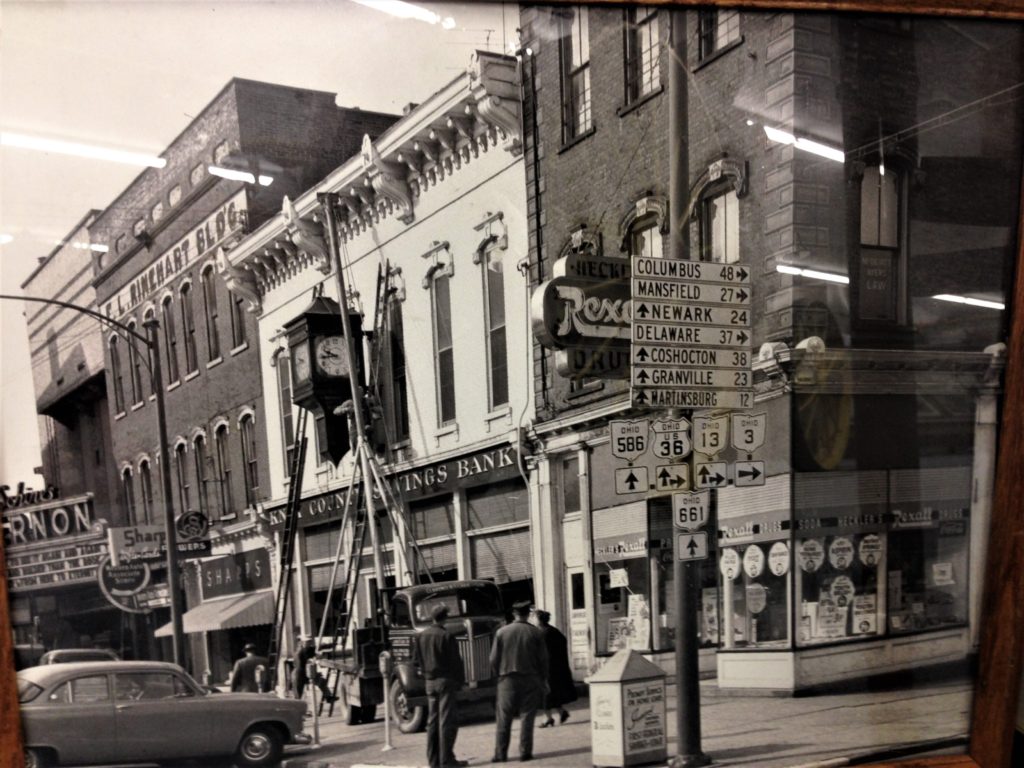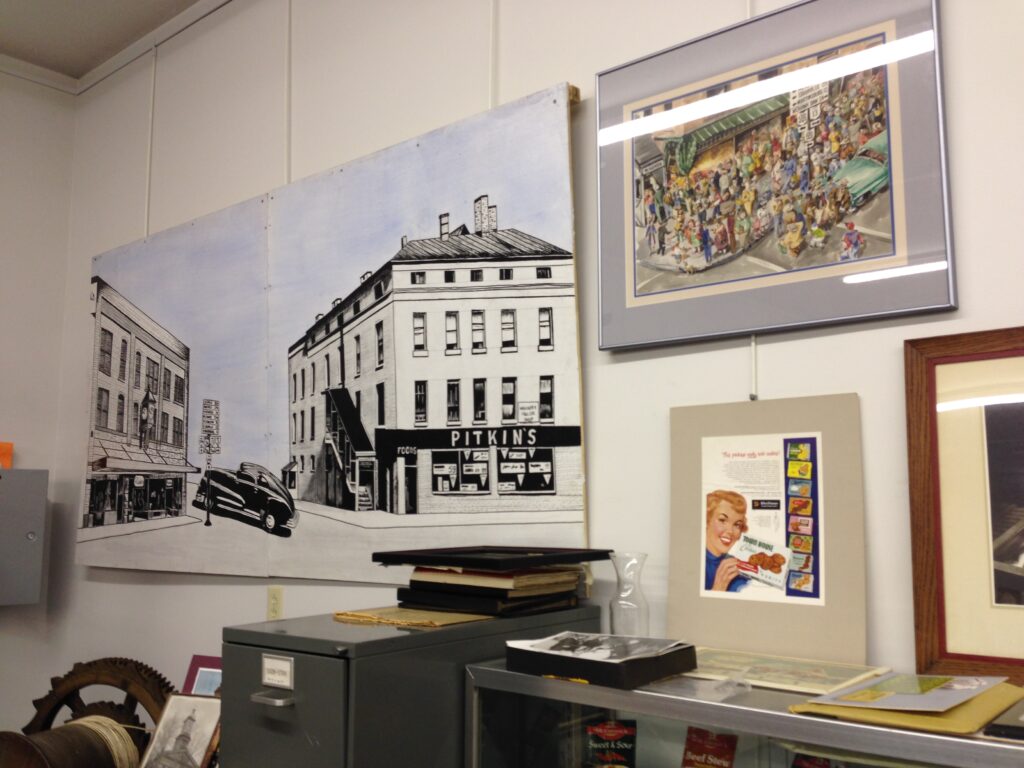Yikes! When I read that The Rolling Stones, The Beach Boys and The Chieftains will celebrate their Jubilee Year in 2012, I did a double-take. If they are that old, what does that say about me? In 1962, I was right in there discovering these bands, much to the chagrin of my parents. But if we are going to talk about Vernon Johnson’s legacy of the 1950s, then we must acknowledge the Boomers — his generation’s offspring — and how we were influenced by the transitional 1950s. Let’s face it, look at their clothes if nothing else, we are still torn between the nostalgia of tradition and the energy of the future.
The New York Times, in describing these bands’ 50 years of staying alive, despite all the changes in music, technology and culture, calls their impact “living histories.” Note the emphasis on “living” — they are for the most part alive, well and actively working. Like it or not, Mick Jagger and Keith Richards, haggard as they look, are killing the rest of us with their on-stage athleticism and survivability. And The Beach Boys remain the default brand for “summer.”
Contrast that with The Sammy Kaye Orchestra, with which my father played pickup during his college years in Cleveland, Ohio back in the late ’30s-early ’40s. They have performed deep into this century even though Sammy Kaye died in 1987. In my case, I grew up with both Sammy Kaye and Mick Jagger — and so did most of us in those early Baby Boom years. No one translated the old to the new for us, because that understanding comes with wisdom years later. So we had the very traditional pre-1950s with the revolutionary ’60s with no guideposts. By the 1980s, it was normal to take my son to a Rolling Stones concert with his parents, while my parents would never have envisioned taking me to see Sammy Kaye.
Traditions preserved, innovations achieved. With life experience comes the knowledge that all this is interconnected, although all the dots may not create a linear pattern. What really strikes me is the longevity — hate to say it, but 50 years of staying alive in any business is pretty phenomenal! As the New York Times noted, our Baby Boom youth and these musicians demonstrated both “a well of history and a blank slate for representing the ideals of the culture.” What I’ve come to understand in my research and introspection in writing this book and the many responses following is that as much as we want to marginalize the past, we are its children, and embracing rather than fighting the transitional context of the 1950s helps us truly know who we are. Even at 65 we are still learning what that means.




